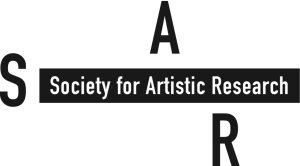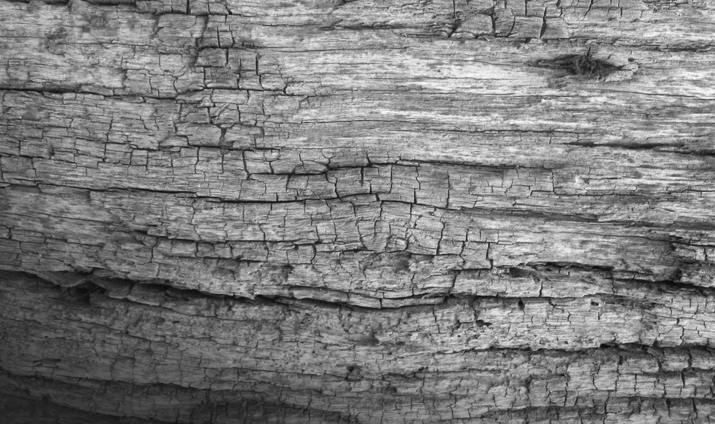
The online, peer-reviewed journal for the publication and discussion of artistic research.
JAR Issue 24 is now Online
http://jar-online.net
JAR is open-access, free to read, and to contribute.
JAR akzeptiert Einreichungen auf Spanisch, Portugiesisch, Deutsch und Englisch.
JAR aceita submissões em Espanhol, Português, Alemão como também em Inglês.
JAR acepta envíos en español, portugués, alemán e inglés.
JAR accepts submissions in Spanish, Portuguese and German as well as English.
The Journal for Artistic Research (JAR) is an international, online, open-access and peer-reviewed journal that disseminates artistic research from all disciplines. JAR invites the ever-increasing number of artistic researchers to develop what, for the sciences and humanities, are standard academic publication procedures. It serves as a meeting point of diverse practices and methodologies in a field that has become a worldwide movement with many local activities.
Issue 24 contains the following contributions:
Hannah Clarkson’s ‘Raising the Voice: Sculptural and Spoken Narratives from the Flat Sheet’ explores ideas of narrative and storytelling, and specifically the relationship between sculptural and spoken narratives in her practice. The research also looks at how one might write about art, proposing a practice of writing around or through objects, to leave gaps for the imagination, and for other narratives.
In Mika Elo’s exposition ‘Encore’, he presents two installations, enfolding them in a series of repetitive gestures that stage their methodical entanglement. Both of the installations explore and articulate the research potential of expanded writing. At stake is the ecology of attention in a setting that thematises the co-existence of different modes of articulation, interlinked spatial and temporal arrangements as well as their associative mechanisms.
Tom Milnes, ‘Ephemer(e)ality Capture: Glitch Practices in Photogrammetry’ introduces his own practice, in which he uses cloud-based photogrammetry. In the process of 3D scanning, he actively invokes glitches, confusing the imaging algorithm to produce spikes, holes and glitches in the mesh and textures of the 3D objects he produces. The research tests the limits of photogrammetry in an effort to uncover new image-making methods.
In ‘Beyond the Visual – A research curriculum for explorations in spatiotemporal environments’ Constantinos Miltiadis and Gerriet K. Sharma introduce how virtual reality and spatial audio technologies have brought about a new paradigm in the fields of architecture and music. They argue that, by operating in the spatiotemporal domain, these new media question our disciplinary understandings of space and time as well as their aesthetics.
Epameinondas P. Fasianos presents ‘Investigating the impact of Electroacoustic Music in Greek Culture, through a portfolio of Electroacoustic Music works which explore religious and mythological aspects of Greece.’ Taking Greek culture, religion and mythology as his point of departure, he uses various electroacoustic music compositional approaches to explore specific relationships between real-world and abstracted sound materials.
Keywords include: Algorithms, Body, Craft, Architecture, Digital art, Electroacoustic music, Expanded Writing, Glitch, Media Archaeology, Photogrammetry, Soundwalk, Spatiotemporality, Storytelling and Stone.
Take a look at JAR24 and read the editorial by Michael Schwab here.
The Network is a non-peer-reviewed space on the JAR website for discussion, reviews and opinion pieces relevant to artistic research and JAR’s community. This section of JAR carries no restrictions in terms of language, length, topic or theme. For issue 24 the growing collection of contributions is joined by three new ‘Reflections’:
Reflections on Artistic Research as a Decolonising Strategy in Africa: the ARA2020 Conference by Christo Doherty and Mareli Stolp
La investigación artística en el debate constituyente chileno: crónica (I) by Carolina Benavente
Artistic Practice in Telepresence during the COVID-19 Pandemic by Chun Wai (Wilson) Yeung, Rosina Yuan, Wing Ting (Jan) Sze and Ye (Sherry) Liu.
JAR provides a digital platform where multiple methods, media and articulations can function together to generate insights into artistic research endeavours. In its peer-reviewed section, it seeks to promote ‘expositions,’ which aim to engage practice and demonstrate research. JAR views artistic research as an evolving field where research and art are positioned as mutually influential. If you are considering submitting something to the journal, be sure to look at our guidelines. The next deadline for JAR 28 (Last issue of 2022) is the 31st of January 2022.
JAR works with an international editorial board and a large panel of peer-reviewers.
Editor in Chief: Michael Schwab
Managing Editor: Barnaby Drabble
Peer Review Editor: Julian Klein
Editorial Board: Annette Arlander, Carolina Benavente, Danny Butt, Yara Guasque, Paul Landon, Manuel Ángel Macía, Helly Minarti, Barbara Lüneburg, Mareli Stolp, Reiko Yamada and Mariela Yeregui
Editorial Assistant: Ioannis Andronikidis
Intern: Costanza Tagliaferri
JAR is published by the Society for Artistic Research (SAR), an independent, non-profit association. You can support JAR by becoming an individual or institutional member of SAR. For updates on our activities, join our mailing list.
contact: jar@jar-online.net


